
A Conversation on China-Brazil Energy Relations
Comparatively high rates of energy use in China and Brazil have led to investment in many forms of energy, including renewables.
Comparatively high rates of energy use in China and Brazil have led to investment in many forms of energy, including renewables.
The less than 3 percent of Colombia’s population that lacks electricity lives mainly in areas of the country that have long been controlled by the FARC and other armed groups, such as Chocó in the Pacific, La Guajira on the Caribbean coast, and Putumayo in the Amazon. Not coincidentally, Colombians without access to electricity also have higher rates of poverty, fewer basic public services, and lower education levels than the rest of the country.
Argentina is on track to have 20 percent of its energy come from renewable energy sources by 2025, according to the government, but many hurdles remain and not everyone is convinced that timeline can be met.
La directora del Programa de Energía, Cambio Climático e Industrias Extractivas, Lisa Viscidi, habló con el Comité Español del Consejo Mundial de la Energía (CECME) sobre el debate entre la privatización y el nacionalismo de los recursos en Latinoamérica y la transición energética.
Editor’s picks for most notable editions of the Inter-American Dialogue’s Energy Advisor weekly publication from 2020.
A Latin America Advisor Q&A featuring experts’ viewpoints on the tightening of economic cooperation between China and Argentina.
A Latin America Energy Advisor Q&A featuring experts’ viewpoints on Colombia’s shift to renewable energy sources.
To better understand the role of Guyana, Suriname, and Trinidad & Tobago both globally and in the Caribbean, the Inter-American Dialogue convened a group of experts as part of the event Caribbean Energy Synergies.
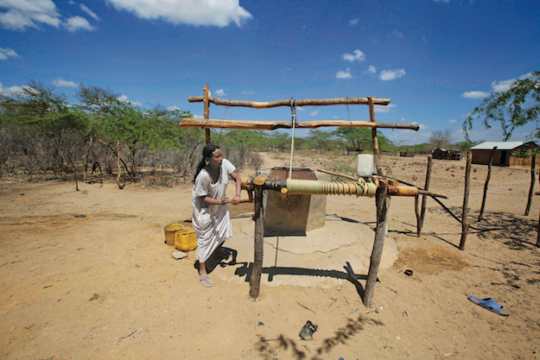
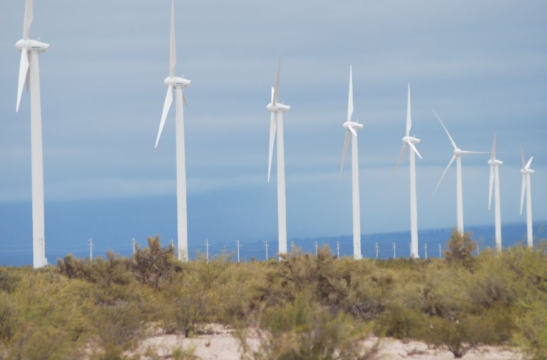
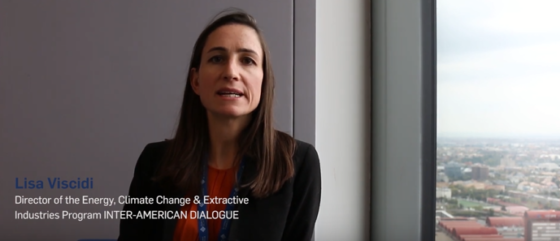 Video
Video

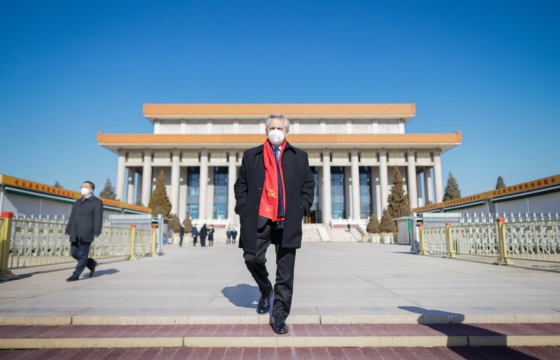
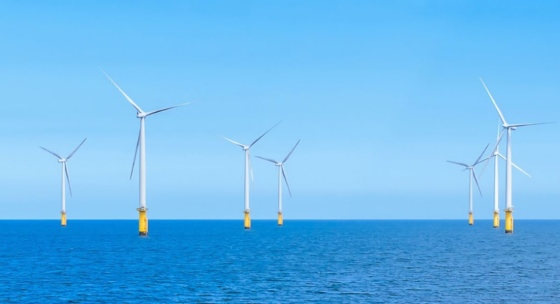
 Video
Video